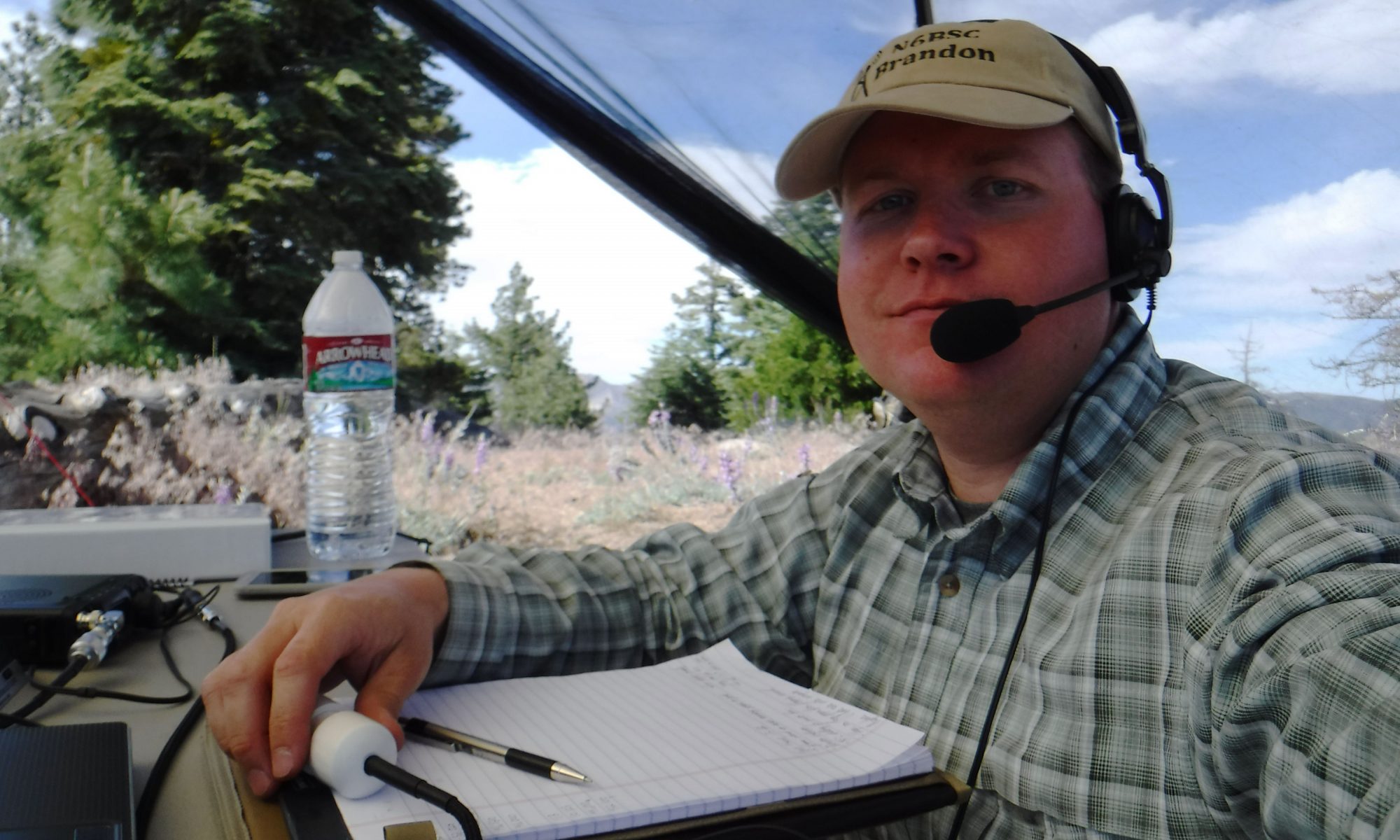updated 2022-02-27
Most hiking and car camping happens within easy range of cell service. Indeed, these days it is uncommon to find a drive-in campground where you don’t have cell service. Even most backpacking trips will keep you within phone range for most of the trip.
But what do you do for communication when you are truly way out there? That’s where other radio systems come into play.
Radio systems actually permeate every aspect of our lives already: cell phones, wifi, bluetooth, and remote car openers are all systems using radio receivers and transmitters. But the question remains, how do we communicate in the wilderness?
To come up with a solution you have break the question down into sub-parts:
- Where are you going, and where are the people you need to contact?
- How much equipment are you willing to bring, and how durable does it need to be?
- How many people need to use the equipment, and what are their skill levels?
- What is the tolerance level for equipment failure?
The good news is that there are a wide variety of systems available for use. In the pages below I’ve provided an overview of some of the most common systems available. Each page offers a short introduction to what the system is, what it is good for, and what the limitations are.
FRS and GMRS
These radios are simple, compact, and can even be found in waterproof models. Their simplicity carries a price though: these are strictly short range devices. Where they excel is in keeping groups in touch while traveling together. Click the link above to learn more.
Citizens Band
CB radio has lost much of its popularity from its peak in the 70’s and 80’s. Despite that, these systems are still a viable option for groups traveling by vehicle.
Commercial, Maritime, and Aeronautical
Unless you are a utility worker, a bush pilot, or a ship’s captain these are not for you. However, it is still useful to know a little about them in case the day comes when you have to use them.
Amateur Radio
As the king of the civilian radio world, the amateur radio service offers versatility and capability unmatched by any other service. However, this is also the problem: with all that capability comes an enormous learning curve.
Satellite Systems
The latest communication options to come on the scene are a variety of satellite-based services. By using satellites to relay messages you can connect from even the most remote parts of the earth. But not all satellite constellations are the same. Follow the link above for an overview on the options available.

